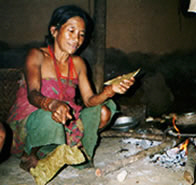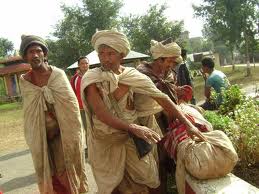I must have been 10 when I watched a beautifully tattooed muscular man show his tongue to a white man and dance a powerful dance that was both intimidating and intriguing at the same time. The M?ori of New Zealand have captivated my dreams ever since.
Indigenous people are the life and soul of many countries and communities. Their rich heritage, close ties to the land, deep connection to nature and knowledge hoaned over generations have proved to be more advanced than some modern sciences. And yet, indigenous people are amongst the most vulnerable in the world today. So on the United Nation’s International Day of World’s Indigenous People, we take the opportunity to focus on the issues that they face every day.
Most modern development paradigms have attempted to include the indigenous. But the perception that that indigenous people want to be poor still exists and is derived from skepticism of development crafted by those who threaten their culture and way of life. The demarcation between modernization and development is still vague. There is a strong correlation between ethnicity and poverty. Often, poverty is a directly related to national and international policy that limits indigenous control over land and resources. There is a need for adequate procedures and perceptions to be established to truly incorporate the indigenous into mainstream development. More so, development approaches need to be bottom up and participatory when it concerns this special group of people.
Heifer’s work around the world includes many indigenous communities. Nepal is home to approximately 9.8 million people who belong to one of the 102 indigenous caste groups and speak 92 languages. In the Chitwan district of Nepal, Heifer’s work with the Chepangs has proved to be a learning experience. Heifer’s values based participatory model for development considers the special needs of these people and allowed the implementation of programs that were both sensitive to their special status and their needs. With gifts of livestock, inputs in agriculture and health, literacy and social mobilization trainings, Heifer was able to help the Chepangs lead more food-secure and sustainable lives. Lessons learned from the Chepangs have given Heifer the fuel to fire its work with other indigenous people inside Nepal and around the world.

